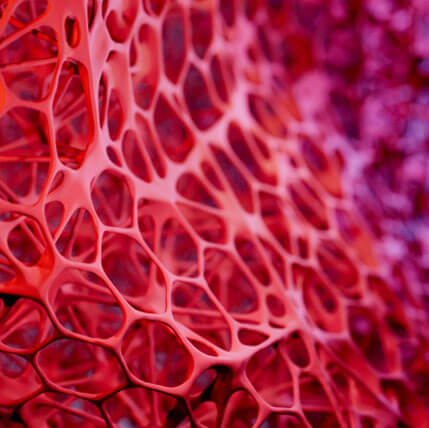MAXIMUM PERFORMANCE ADVANCED ANATOMICAL DESIGN_
Starfit technology was developed to enhance your sportsmanship. Due to its suppleness, it flawlessly conforms to the anatomy while offering a powerful surge of energy. Its technical foam has outstanding breathability, durability, and low weight.Attributes_
High resilience
Resists fatigue and rips with a soft and ultra-light texture.
Anatomical design
Fits like a second skin, providing maximum support to the foot.
Breathability
Allows air to pass through thanks to its open cell structure.
High resistance
Withstands fatigue and tearing for a longer period of time.
Lightweight
Lightweight foams.
Footcare
Used in memory foam insoles to reduce pressure on the foot and provide great comfort.
Footwear
Specially designed for sports footwear due to its high performance and anatomical design.
Sporting goods
In yoga mats and goalkeeper's gloves, provides great cushioning, grip and breathability.
Acoustic insulation
It is perfect as a soundproofing foam for construction due to its light weight combined with its high resistance.
Previous slide
Next slide
Our commitment to Sustainability
Shifting to environmentally friendly materials and manufacturing techniques for foam solutions in order to minimize our impact on the environment.



